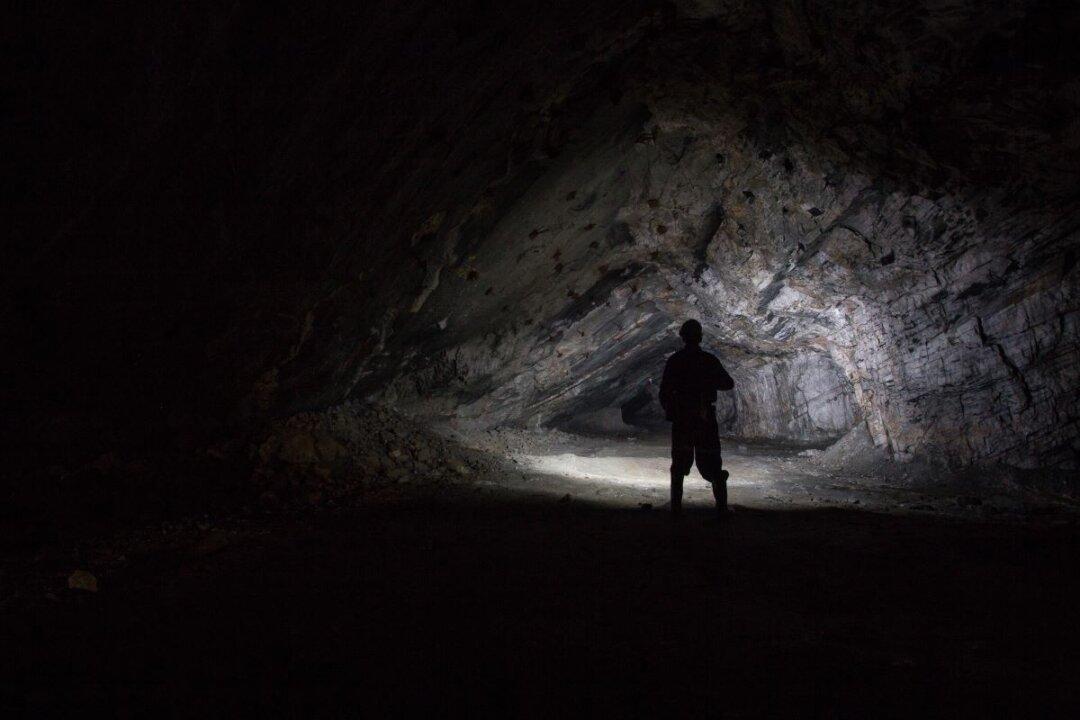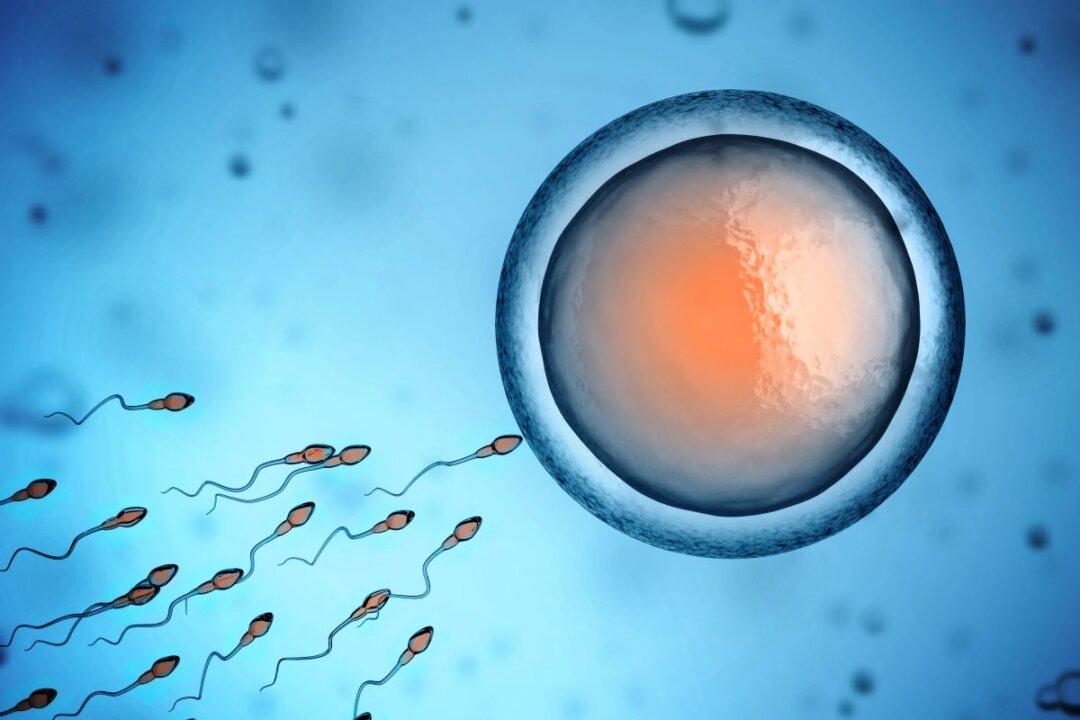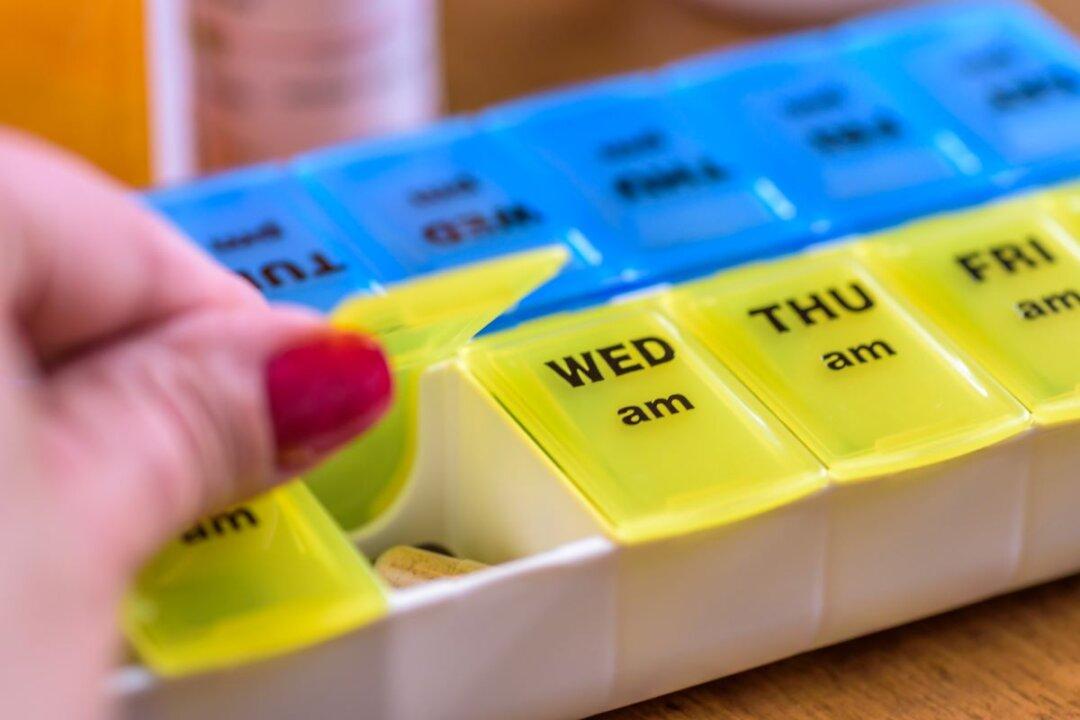Research from Australia’s Curtin University has discovered an effective way to enhance the output of autonomous power sources commonly used to power essential mining equipment in underground or remote locations with no power points and where batteries are not practical.
Published in the journal “Nano Energy”, the research found that using silicon on the surfaces of autonomous power sources—namely triboelectric nanogenerators (TENGs)—significantly increased both the voltage and duration of the output, meaning equipment could be kept charged much longer than had previously been possible.





